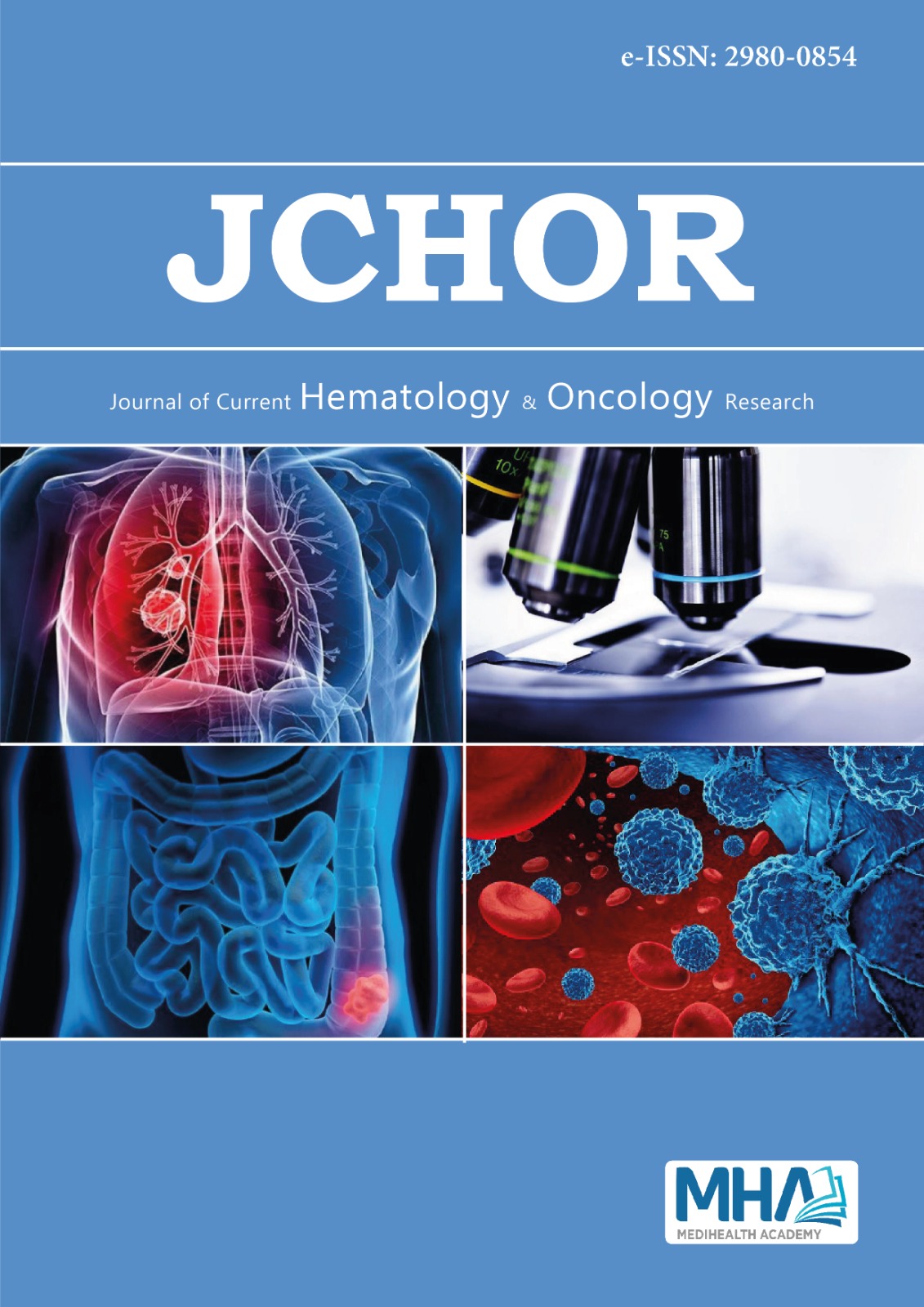1. Haddy TB, Rana SR, Castro O. Benign ethnic neutropenia: what is anormal absolute neutrophil count? J Lab Clin Med. 1999;133(1):15-22.doi:10.1053/lc.1999.v133.a94931
2. Lee N, Lee BC (2020) Incidence of Severe Chronic Neutropenia in SouthKorea and Related Clinical Manifestations: a national health ıInsurancedatabase study. Medicina. 2020;56(6):262.
3. Dale DC, Bolyard AA, Schwinzer BG, et al. The severe chronicneutropenia ınternational registry:10-year follow-up report. SupportCancer Ther. 2006;3(4):220-231
4. Gibson C, Berliner. How we evaluate and treat neutropenia in adults.Blood. 2014;124(8):1251-1258.
5. Akhtari M, Curtis B, Waller EK.Autoimmune neutropenia in adults.Autoimmun Rev. 2009;9(1):62-66.
6. Malik D, Kuriakose P, Philip J, Hejab A, Horbal A, Mendiratta V.Evaluating the clinical utility of testing for autoimmune disorders in thesetting of leukopenia/neutropenia in an ambulatory hematology clinic.Blood. 2017;(130):1000.
7. Palmblad J, Siersma V, Lind B, Bjerrum OW, Hasselbalch H, AndersenCL.Age-related prevalence and clinical significance of neutropeniaisolated or combined with other cytopenias: real world data from 373 820primary care individuals. Am J Hematol. 2020;95(5):521-528.
8. Newburger PE, Dale DC. Evaluation and management of patients withisolated neutropenia. Semin Hematol. 2013;50(3):198-206.
9. Dale, Davıd C,Welte K. Neutropenia and neutrophilia.Williamshematology. 2001;(8):939-950.
10. Palmblad J, Dufour C, Papadaki HA. How we diagnose neutropenia inthe adult and elderly patient. Haematologica. 2014;99(7):1130-1133.doi:10.3324/haematol.2014.110288
11. Frater JL. How I investigate neutropenia. Int J Lab Hematol.2020;42(1):121-132. doi:10.1111/ijlh.13210
12. Lima CS, Paula EV, Takahashi T, Saad ST, Lorand-Metze I, CostaFF. Causes of incidental neutropenia in adulthood. Ann Hematol.2006;85(10):705-709. doi:10.1007/s00277-006-0150-0
13. Papadaki HA, Psyllaki M, Eliopoulos DG, Tsiroyianni A, EliopoulosGD. Increased frequency and specific reactivity of serum antinuclearantibodies in patients with nonimmune chronic idiopathic neutropeniaof adults. Acta haematologica. 2001;105(1):13-20. doi:10.1159/000046527
14. Yilmaz D, Ritchey AK. Severe neutropenia in children: a singleinstitutional experience. J Pediatr Hematol Oncol. 2007;29(8):513-518.doi:10.1097/MPH.0b013e3180f61b26
15. Dale DC, Cottle TE, Fier CJ,et al.Severe chronic neutropenia: treatmentand follow-up of patients in the Severe Chronic Neutropenia InternationalRegistry. Am J Hematol. 2003;72(2):82-93.
16. Kyle RA, Linman JW. Chronic idiopathic neutropenia. a newlyrecognized entity? N Engl J Med. 1968;279(19):1015-1019. doi:10.1056/nejm196811072791902
17. Kyle RA. Natural history of chronic idiopathic neutropenia. N Engl J Med.1980;302 (16):908-909. doi:10.1056/nejm198004173021608
18. Papadaki HA, Xylouri I, Coulocheri S, Kalmanti M, Kafatos A, EliopoulosGD.Prevalence of chronic idiopathic neutropenia of adults among anapparently healthy population living on the island of Crete. Ann Hematol.1999;78(7):293-297. doi:10.1007/s002770050518
19. Newman KA, Akhtari M. Management of autoimmune neutropenia inFelty’s syndrome and systemic lupus erythematosus. Autoimmun Rev.2011;10(7):432-437. doi:10.1016/j.autrev.2011.01.006
20. Andrès E, Mourot-Cottet R. Non-chemotherapy drug-inducedneutropenia - an update. Expert Opin Drug Saf. 2017;16(11):1235-1242.
21. Andrès E, Mourot-Cottet R, Maloisel F, et al. Idiosyncratic drug-inducedneutropenia & agranulocytosis. Qjm. 2017;110(5):299-305. doi:10.1093/qjmed/hcw220
22. Guralnik JM, Eisenstaedt RS, Ferrucci L, Klein HG, Woodman RC.Prevalence of anemia in persons 65 years and older in the United States:evidence for a high rate of unexplained anemia. Blood. 2004;104(8):2263-2268
23. den Elzen WP, Westendorp RG, Frölich M, de Ruijter W, Assendelft WJ,Gussekloo J. Vitamin B12 and folate and the risk of anemia in old age: theLeiden 85-Plus Study. Arch Intern Med. 2008;168(20):2238-2244.
24. Andersen CL, Tesfa D, Siersma VD, et al. Prevalence and clinicalsignificance of neutropenia discovered in routine complete bloodcell counts: a longitudinal study. J Intern Med. 2016;279(6):566-575.doi:10.1111/joim.12467
25. Angelino G, Caruso R, D’Argenio P, et al. Etiology, clinical outcome, andlaboratory features in children with neutropenia: analysis of 104 cases.Pediatr Allergy Immunol. 2014;25(3):283-289. doi:10.1111/pai.12177
26. Wan C, Yu HH, Lu MY, Lee JH, Wang LC, Lin YT, Yang YH, Chiang BL.Clinical manifestations and outcomes of pediatric chronic neutropenia. JFormos Med Assoc. 2012; 111(4):220-227. doi:10.1016/j.jfma.2010.12.003
27. Dale DC, Hammond WPt. Cyclic neutropenia: a clinical review. BloodRev. 1988;2(3):178-185. doi:10.1016/0268-960x(88)90023-9

